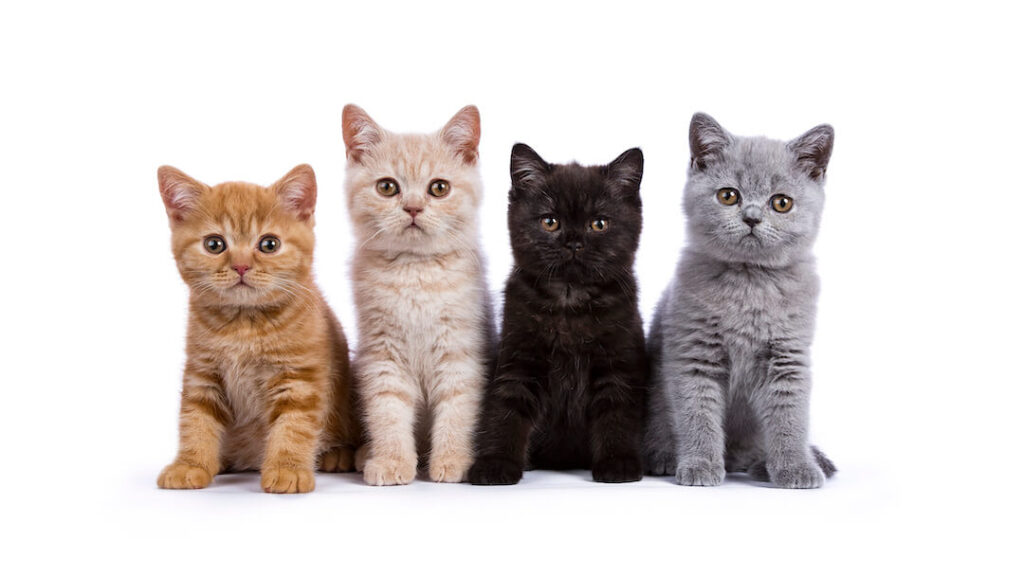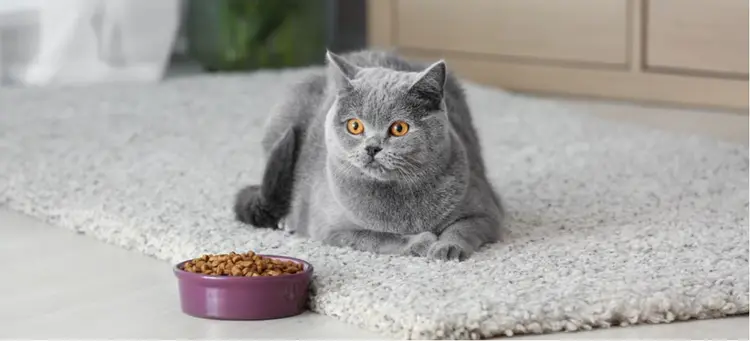
calories for weight gain cats Just like people, a cat’s calorie needs are influenced by a variety of factors. Calories, which are essentially the energy cats get from food, are essential for important bodily functions like digestion, breathing, controlling the nervous and circulatory systems, and other daily processes. Beyond these basic needs, a cat’s daily calorie intake also depends on its age, gender, activity level, and overall health.
For example:
Kittens, cats that aren’t spayed or neutered, active cats, sick cats, and those that are underweight
Older cats, spayed or neutered cats, sedentary cats, and overweight or less mobile cats require fewer calories.

How to Calculate How Much Your Cat Can Eat Per Day
calories for weight gain cats Feeding your cat the right amount of food is crucial—too little can leave them lacking the energy they need, while overfeeding can lead to obesity. To figure out how much food your cat should be eating each day, follow these simple steps.
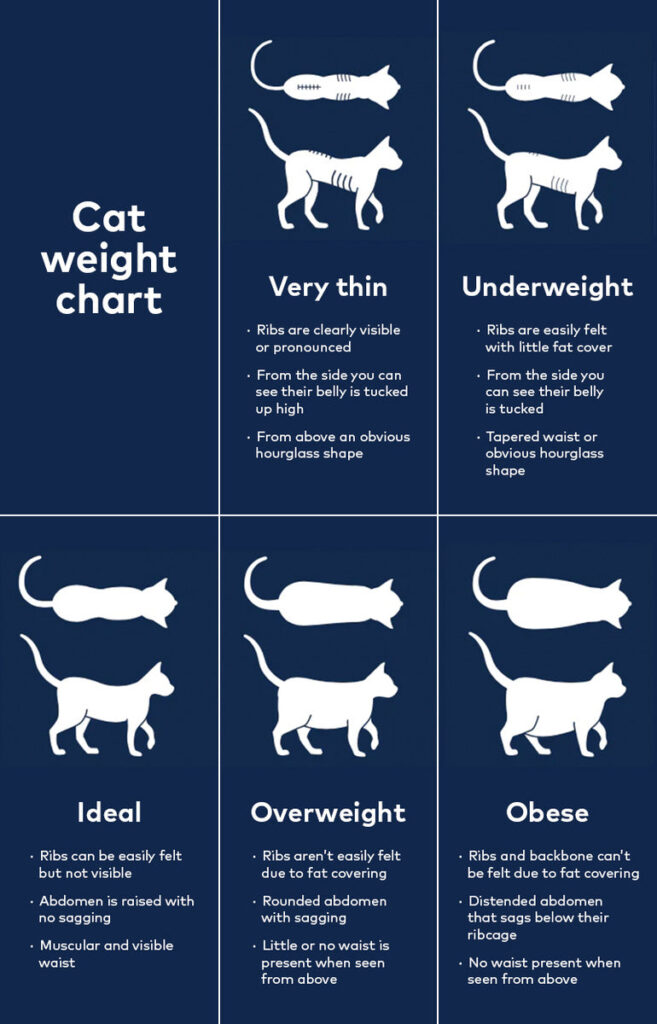
Weigh your cat.
calories for weight gain cats You can easily weigh your cat either at the vet’s office or at home. For the most accurate results at home, weigh yourself while holding your cat, then weigh yourself again without your cat and subtract the second number from the first. For instance, if you and your cat together weigh 161 pounds, and you alone weigh 150 pounds, then your cat’s weight is 11 pounds.
2. Use a cat calorie calculator to calculate resting energy requirements (RER). (Table 1):
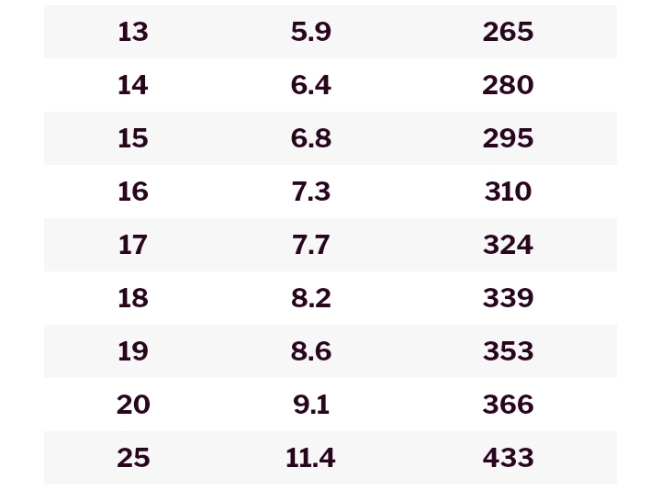

3. Choose a factor (Table 2) based on your cat’s energy needs and multiply it by the RER.
calories for weight gain cats The Resting Energy Requirement (RER) covers your cat’s basic energy needs but doesn’t take into account factors like activity level or other individual differences. To calculate your cat’s total daily energy needs, the RER number is multiplied by specific factors. Depending on your cat’s lifestyle, some may require less than the RER, while others might need nearly double. Choose the factor that best matches your cat’s condition and activity level.

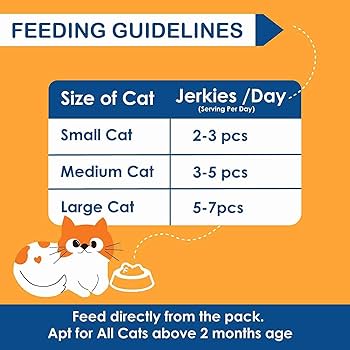

4. Determine how many calories are in your cat’s food and treats.
calories for weight gain cats You can usually find calorie information on your cat’s food packaging or online. Generally, dry food contains more calories per ounce compared to canned food. The calorie count might be listed as “calorie” or “kilocalorie,” which are the same. Once you know the calorie content of the food you’re feeding, you can calculate how much your cat needs. Also, treats should make up no more than 10% of your cat’s total calorie intake.
calories for weight gain cats Just like human food, cat food varies in calorie density. For example, 1 cup of cooked green beans has about 44 calories, while a cup of macaroni salad has around 360 calories. Some cat food formulas are more calorie-dense than others, meaning you’ll need to feed less of them to meet your cat’s needs.

5. Figure out the amounts to feed
calories for weight gain cats If you’re feeding your cat two meals a day, start by subtracting the calories from any treats. Then, divide the remaining calories by 2 to figure out how many calories your cat should have per meal. Make sure to use the calorie count specific to your cat’s food to get the most accurate measurement.
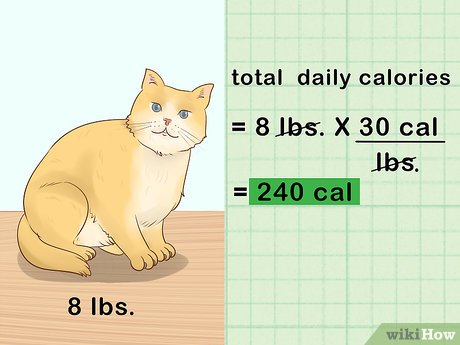

Examples of How to Use the Cat Calorie Calculator
Here are a few examples of how to use the cat calorie calculator:
Example 1
Let’s say you have a 9-pound adult cat. First, check Table 1 to find the basic calories your cat can eat, which is 200 calories per day. Since your cat is a normal, indoor cat and not very active, refer to Table 2 and find the factor for daily energy needs is “1.” Multiply 200 by 1, giving you 200 calories. If you’re not feeding treats and only offering dry food with 200 calories per cup, your cat can eat 1 cup of food per day.
Example 2
Now, imagine you have a 12-pound, very active, intact male cat. According to Table 1, he can eat 250 calories per day. Since he is both intact and active, Table 2 shows the factor to use is 1.4. Multiply 250 by 1.4, and you get 350 calories. So, this cat’s daily calorie intake is 350 calories.
Example 3
For a 4-pound, 7-month-old, very active female kitten, check Table 1, which suggests she can eat 110 calories per day. Since she’s a kitten (4 months to a year old), Table 2 shows the factor is 2. Multiply 110 by 2, and you get 220 calories. This kitten can eat 220 calories per day.

How to Calculate Calories for Weight Loss
calories for weight gain cats If your cat is overweight, helping them reach a healthy weight is an important step for their overall well-being.
Here’s an example of how to calculate calories for weight loss: During a recent vet visit, you learn that your cat’s body condition is too high. Their belly is sagging, and when you look at them from above, there’s no “hour-glass” shape. Your cat weighs 19 pounds. According to Table 1, the basic Resting Energy Requirement (RER) for a 19-pound cat is 353 calories. Now, refer to Table 2, and since you’re aiming for weight loss, the factor is 0.8 x RER.
The calculation is 353 calories x 0.8, which equals 282 calories. So, for this 19-pound cat, 282 calories per day is the right amount for gradual weight loss.
Please note: Any changes to your cat’s diet should be made with your veterinarian’s approval. If you’re concerned about the costs of routine care, pet insurance could help with wellness visits. Click here to learn more.

How to Calculate Calories for Weight Gain
calories for weight gain cats Some cats can be too thin and may need to gain a little weight. A thin cat typically has a noticeable narrowing of the waist, a protruding rib cage, and visible bones along the spine.
Here’s an example of how to calculate calories for weight gain: Let’s say you have a 6-pound cat and want to determine their energy needs for weight gain. According to Table 1, the basic Resting Energy Requirement (RER) for a 6-pound cat is 149 calories. Looking at Table 2, you see that the factor for weight gain is 1.8 x RER.
The calculation is 149 calories x 1.8, which equals 268.2 calories. This 6-pound cat will need approximately 268 calories per day to help gain weight.

Rule-of-Thumb Cat Calorie Calculator
calories for weight gain cats A general rule of thumb for a normal adult cat’s calorie needs is between 20 to 33 calories per pound, depending on their activity level. For example, a 10-pound indoor cat typically needs around 200 calories, while an active outdoor cat might require about 330 calories per day.
I hope this article helps you calculate your cat’s calorie requirements. If you have any questions or concerns about your cat’s diet, be sure to consult with your veterinarian.

